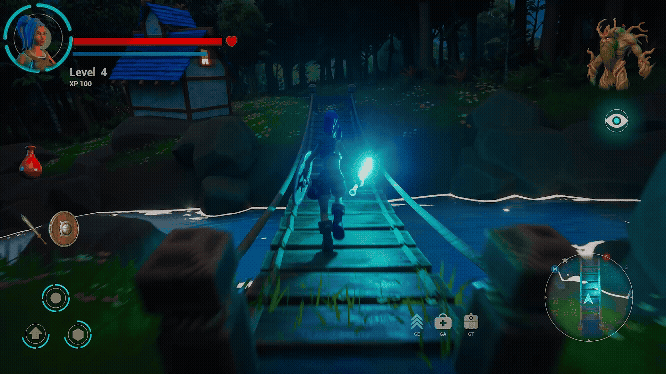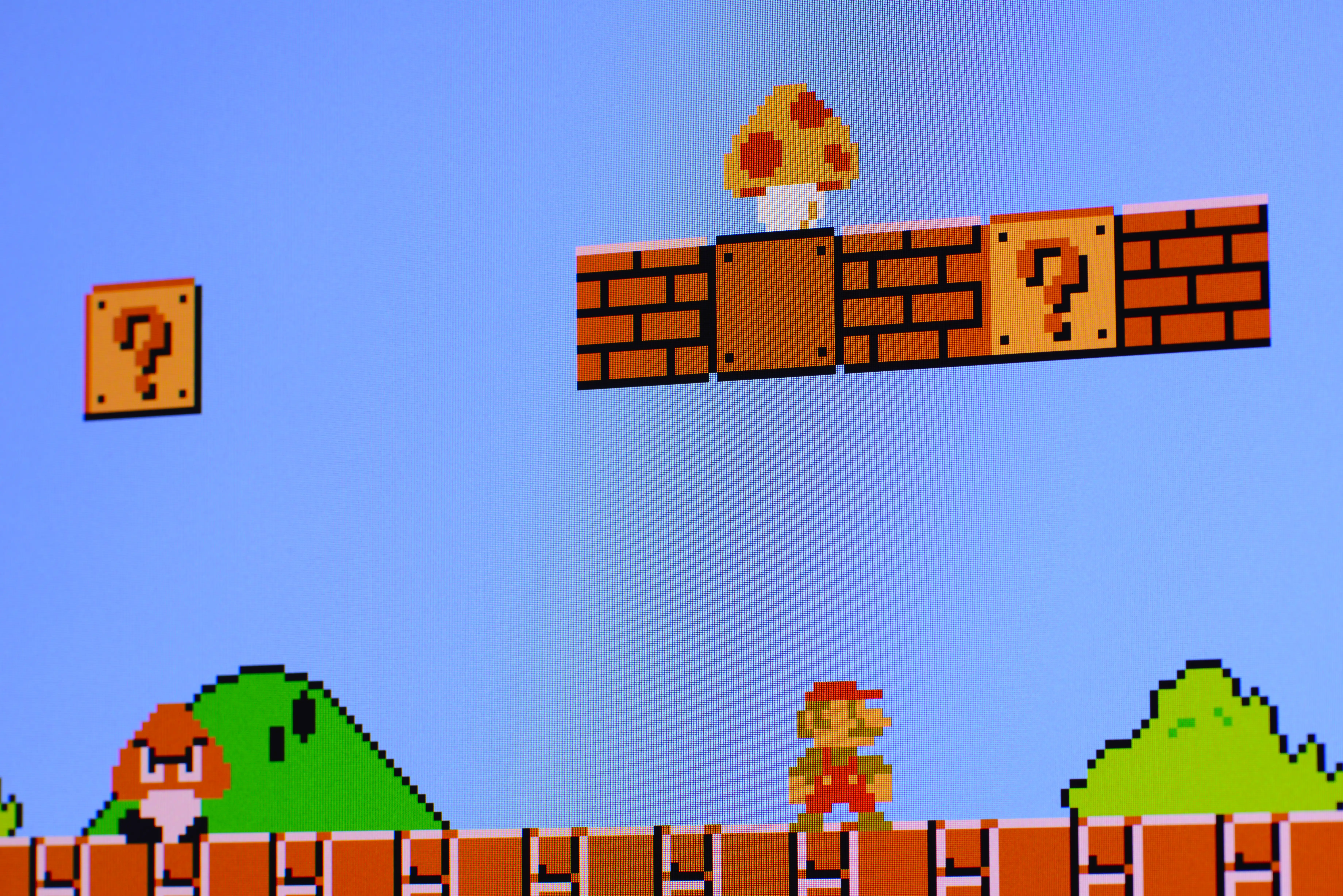
Video games combine every kind of storytelling – and invent new ones

Video games blend film, literature and theatre with something no other medium has – interactivity that makes you part of the story
Published 7 October 2025
Video games used to be known for simple stories, like saving the princess in Super Mario Bros or trying to stop an alien invasion in Space Invaders.
But today, video game stories come in all shapes and sizes.

Video games are different from other narrative forms in the way they combine many types of storytelling.
They have moving images and sound like film and television, written words like literature and live performance and improv like theatre.
Video games are also virtual worlds that respond and react to your choices, both as individuals and collaboratively alongside other players.
How you tell a story in a game can impact the experience just as much as what story you tell.
As game researchers, we are fascinated by how video game stories work. Let’s have a look at some of the most popular ways video games can tell stories.
A linear narrative
The classic way to tell a story, from start to end.
In linear stories, the things that happen are scripted by the game developers.
You don’t decide what happens, but you make the story happen.
Imagine the player as the engine of a car – you don’t decide where the car goes, but perform your role properly and the story will continue.
Performing this role can involve tests of skills or exploration, or just basic interactivity.
Even asking you to click continue is a linear form of interactivity.
We wrote these words, but we don’t control how quickly or slowly the words appear – you do.
The Australian interactive novel Florence is a great example of an interesting linear video game narrative.
Non-linear stories
Even when the game’s story is already scripted and cannot be changed, you may have control over how they are arranged or in what order you see them.
Branching tales
Sometimes your decisions will influence which story you experience, like with this simple branching story, where your clicks determine your path.
Environmental game design
We wrote six sentences and concealed them in the image below. Click on them to see how a story evolves through your interactions with the environment.
Emergent gameplay
All these other types of video game stories are scripted by the game developers, but emergent stories are stories that we all make while playing.
Video games like Minecraft and Grand Theft Auto create virtual playgrounds where stories then emerge while players experiment, explore and play.
While the game systems might determine what types of emergent narratives are possible, these are still stories determined by players, either alone or with friends.
Just like this sentence, where the structure is set but you can choose what details to add to make it your own:
This video game takes place in [ ] with [ ] and you have decided to [ ].

Infinite storytelling possibilities
Video games are an exciting place to tell stories because we can choose from an incredible variety of both types of storytelling and ways of telling them.
They can emphasise challenge as part of story progression, embed choice and interaction into digital storyworlds or combine many of the different storytelling forms together in exciting and innovative ways.
Put simply, the storytelling techniques in video games may not be unique, but the combinations of storytelling forms are.
New and diverse stories, as a way of sharing fresh ideas and perspectives, matter now more than ever and video games can be a place to find them.


